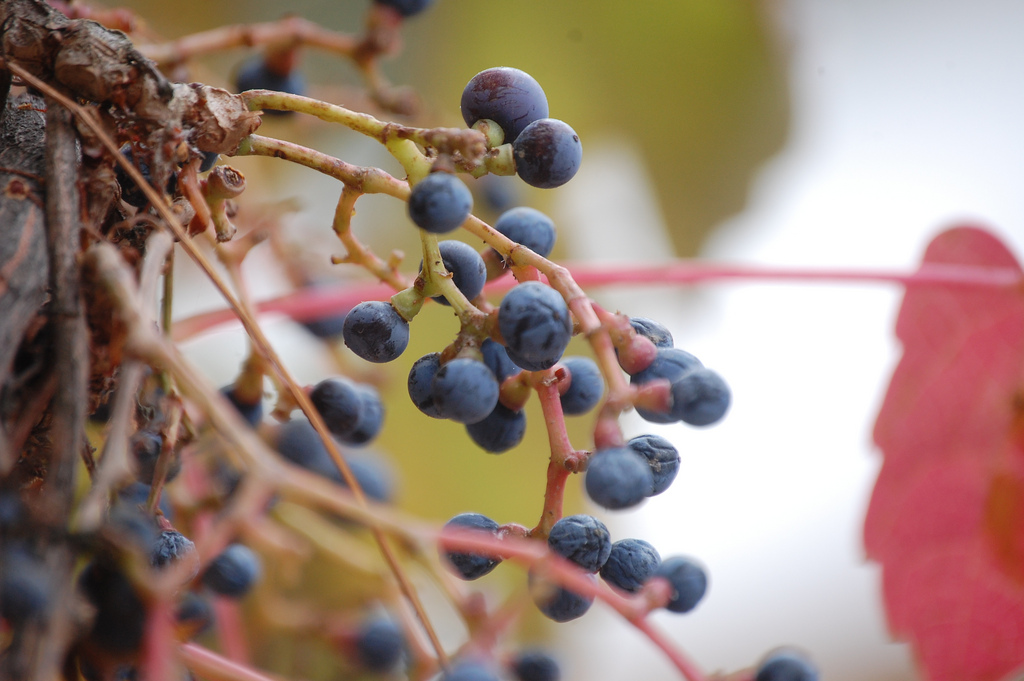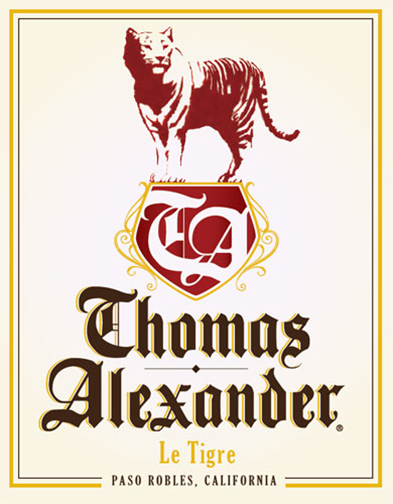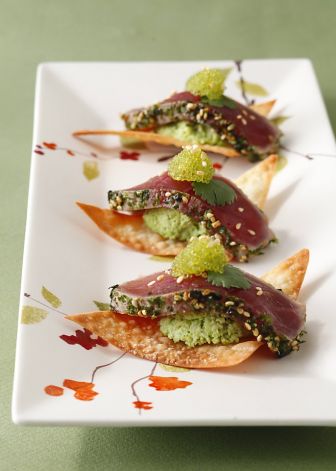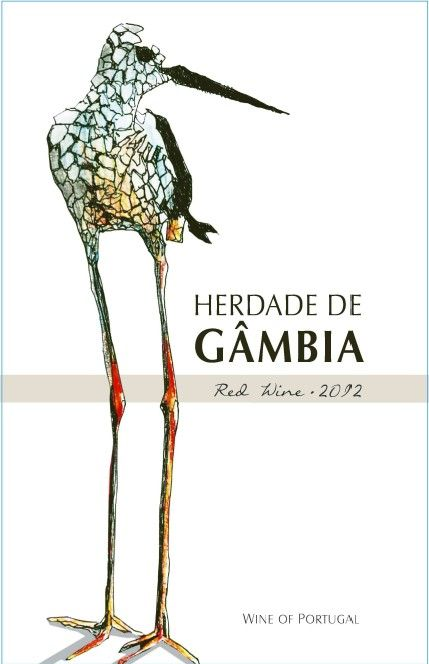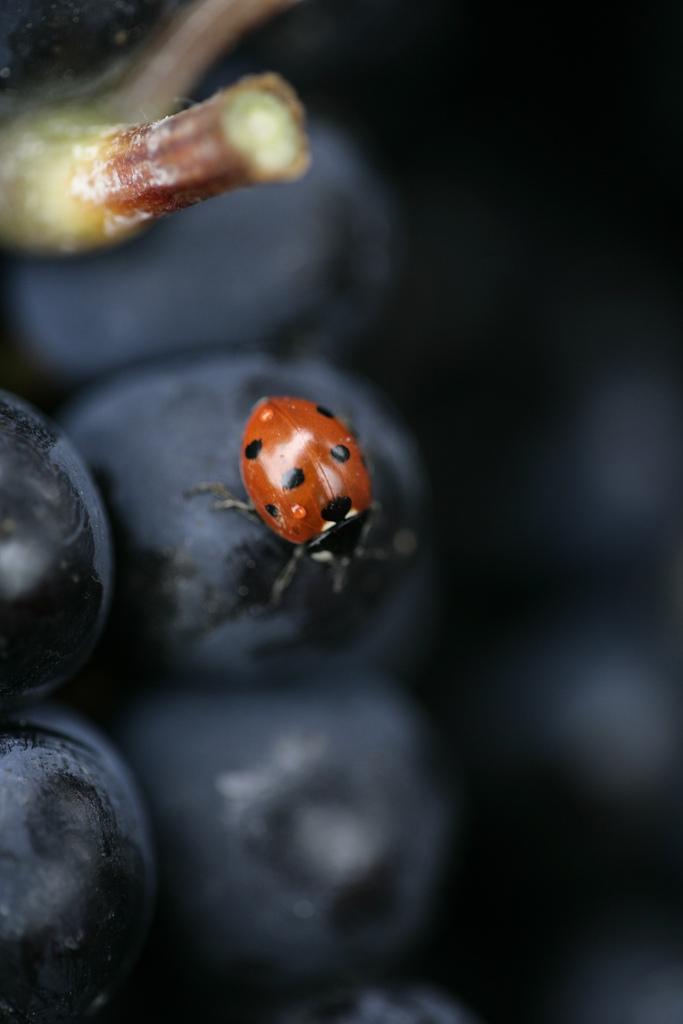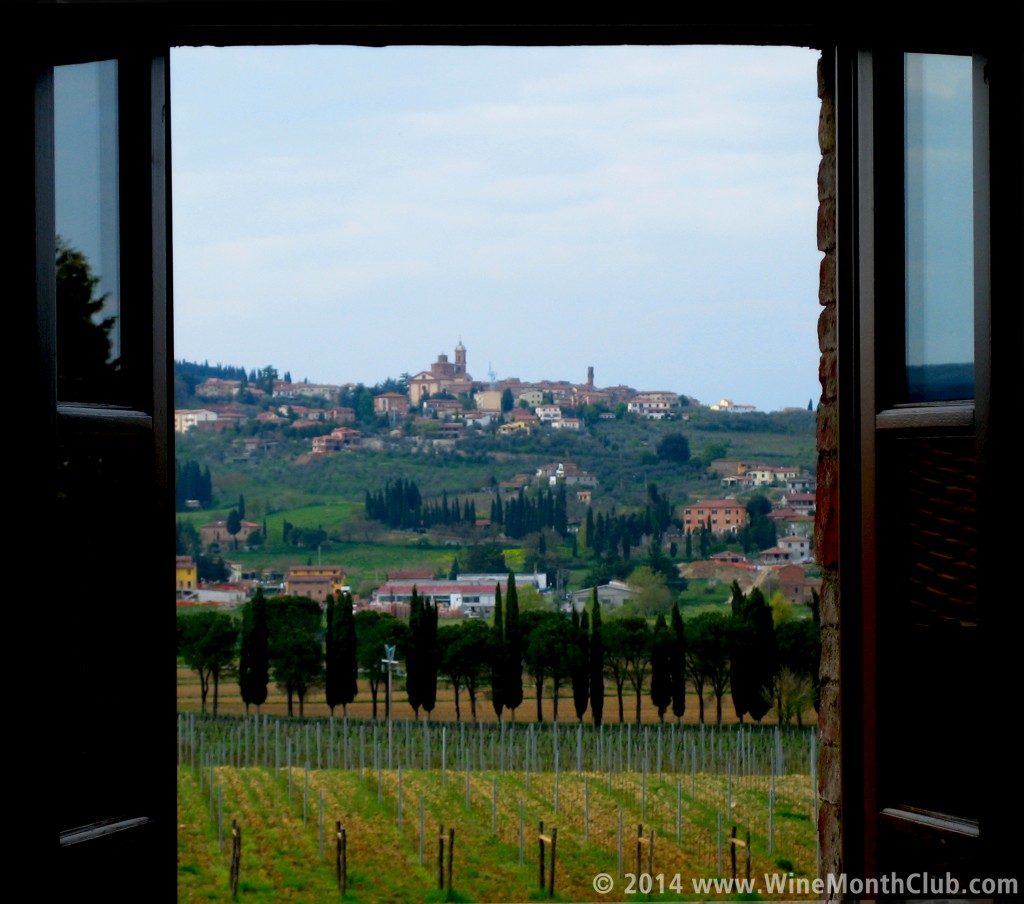
A couple of months ago I posted a blog on the world’s best wine travel destinations, and Tuscany was at the top of that list. This month’s only confirms my choice. Not only is the Tuscan countryside immensely beautiful, an artful blend of nature and the fruitful hands of men and woman, it contains some of the world’s greatest cities and towns. Florence and Siena remain perennial favorites for their gastronomical delights as well as their art, but the likes of Bagno Vignoni, Pienza, and the tiny villages that cling to hilltops beckon, too, at nearly every turn of the road. If the truth be told, the prospect of eating my way through Tuscany provided impetus enough to make this trip. Our first dinner set us on course, many courses in fact, including an incredible Pecorino cheese pie with balsamic vinegar, wild honey, and cinnamon over a bed of caramelized pears, followed by homemade pappardelle pasta with chianina beef ragu, and then on to tender juicy filets of herb roasted veal with cherry tomatoes and roasted potatoes, and finally the most decadent Amaretto ice cream pie that defies words. Several of us went back the next night just to have another go at the dessert.
We washed down this outstanding meal with a wonderful Vernaccia from nearby San Gimignano, followed by three delicious Tuscan reds from the region’s quintessential producer of Carmignano, Ambra. Ambra’s 2012 Santa Cristina and 2010 Riserva Montalbiolo are simply two Tuscan wines not to be missed. And Ambra’s Vin Santo with dessert completed the meal. Yet, each subsequent Tuscan meal was better than the next, and so were the wines. Dei’s irresistible Rosso di Montepulciano proves that fine wine is indeed affordable, while Caterina Dei’s 2008 Vino Nobile di Montepulciano Bassona Reserva reminded me that it’s all right to splurge. The Bassona Riserva would make almost anything taste good, and a little indulgence never hurt anyone. And never before now have I enjoyed Rosso and Brunello di Montalcino as much as on this trip. Le Potazzine’s 2012 Rosso and 2010 Brunello are works of art as it Uccelieria’s 2012 Rosso and 2010 Brunello. I have not even left Italy and I am already planning to a return to sample more of Tuscany’s greatest treasures, its food and wine. And after a long day of eating and drinking, one can be quickly restored while sitting in the hot thermal baths in the picturesque village of Bagno Vignoni, just a few minutes from Tuscany’s greatest wines. Enjoy!
Salute!
Don

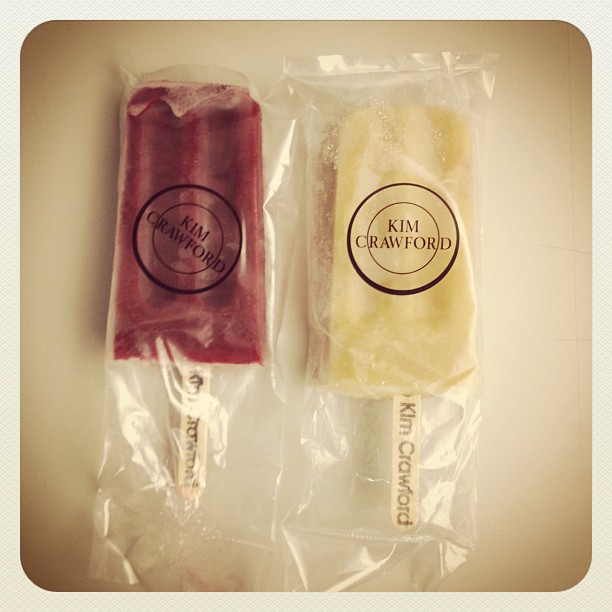 Makes 10 ice pops
Makes 10 ice pops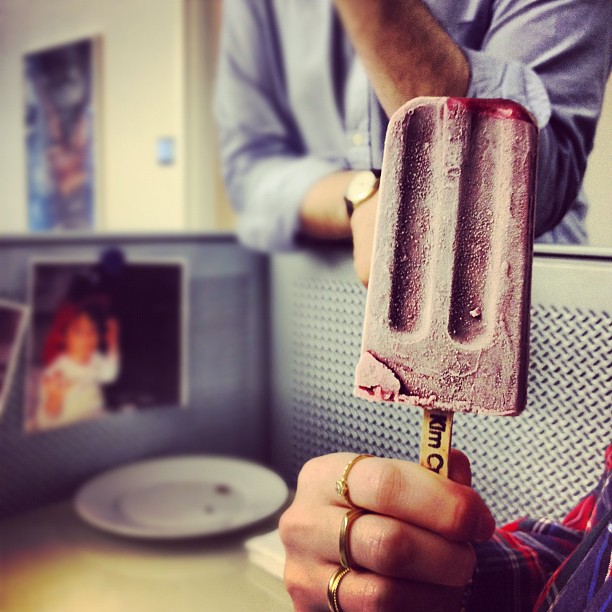 Makes 10 ice pops
Makes 10 ice pops